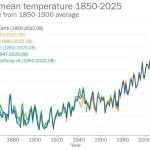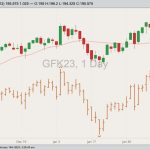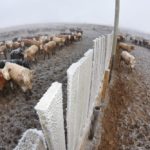Canadian farmers are less likely to turn to agricultural programs meant to help them, like business risk management or on-farm funding, if those programs are frustrating to navigate.


Farmers are less likely to turn to agricultural programs meant to help them if those programs are frustrating to navigate

Two-part project looks for insight on feedlot and backgrounding practices

Demand from Ontario remains aggressive


Don’t discount the possibility of backgrounding cattle at home


Market gives in to pressure from Chicago futures

